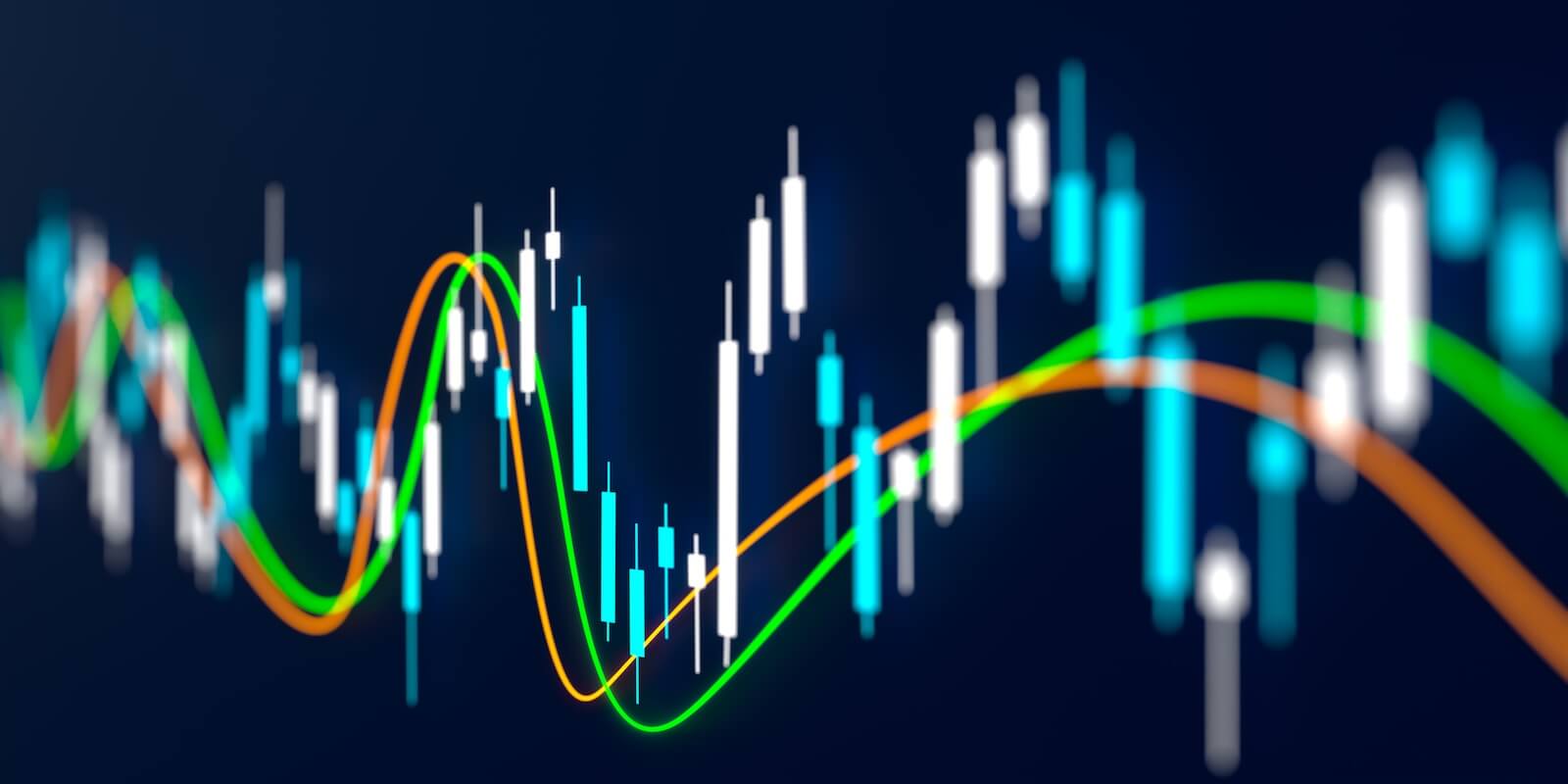A LONG LOOK AT THE S&P 500 -- NYSE AD LINE CONFIRMS MARKET STRENGTH -- THE AD LINE IN MAY 2006 -- SECTOR LEADERSHIP FAVORS DEFENSE -- CONSUMER DISCRETIONARY AND FINANCE LAGGING IN 2007 -- MATERIALS AND ENERGY ARE AMONG THE LEADERS
A LONG-TERM LOOK AT THE S&P 500 ... Today's Market Message was written by Arthur Hill. John Murphy will be back tomorrow. - Editor
The S&P 500 is up over 100 points in the last eight weeks and the index is zeroing in on its all time high, which is 1553 on March 24, 2000. SPX closed around 1480 on Tuesday and is less than 5% from this high. This monthly chart allows us to step back from the day-to-day action and see the big trend. The index has been working its way higher since early 2003 and shows no signs of long-term weakness. The S&P 500 has not been down more than 2 months since February 2003 and the seemingly sharp decline in February 2007 is a mere blip on this chart. I have overlaid the 24-month moving average and it has held since August 2003. I would not call for a long-term trend reversal until a break below this moving average. Moreover, we should expect further strength towards the 2000 highs as long as the big trend remains up.

Chart 1
NYSE AD LINE HITS NEW HIGH ... Before moving on to the AD Line, let's review this key breadth indicator. The AD Line is based on AD Net, which is the number of advancing stocks less the number of declining stocks. The AD Line is a cumulative measure of each day's AD Net. The AD Line rises when there are more advancing stocks and falls when there are more declining stocks. This classic breadth indicator is used confirm or question new highs in the NYSE Composite. On SharpCharts, the AD Line can be plotted by entering the symbol "$NYAD" and then selecting cumulative under chart "type".
The NYSE AD Line (black) moved to a new high and confirmed the recent high in the NYSE Composite (red). The AD Line is keeping pace and has yet to form a negative divergence or lower high. This tells us that the rally has good breadth and could very well continue. Looking back, the February-March decline in the AD Line was much less severe than the decline in the NYSE Composite. The NYSE Composite moved below its January low in early March, but the AD Line held well above this low and showed strength. The AD Line was also the first to move to new highs and the NYSE Composite followed.

Chart 2
NEGATIVE DIVERGENCE IN BREADTH ... The AD Line provided a nice warning for the May peak and May-June decline. The indicator (red) moved to a new high in early April, but failed to better than high in May. In contrast, the NYSE Composite formed a higher high in May. The non-confirmation by the AD Line created a negative divergence and this was a warning to the bulls. Not as many stocks were participating in the advance and the NYSE Composite ultimately fell back. As noted above, the current AD Line reached a new high and confirmed the new high in the NYSE Composite. We have yet to see a negative divergence or non-confirmation and I would not expect a peak in the NYSE Composite until we see some weakness in the AD Line.

Chart 3
SECTOR ROTATION STILL FAVORS DEFENSE ... Even though the semiconductors are leading the Nasdaq and the Dow is trading at all time highs, sector leadership shows that caution is still in the air this year.

Chart 4
The next charts show the price performance for the various sectors since the beginning of the year (year-to-date). On SharpCharts, this is done by selecting "price performance" as an indicator and entering the appropriate symbols under parameters (XLB, XLE, XLF, XLK etc...). This shows the percentage change throughout 2007 and the last value reflects the percentage change for the year so far.
The sector leaders and laggards reflect the market's appetite for risk. The Technology and Consumer Discretionary sectors typically lead when the market participants embrace risk and I refer to these as the offensive sectors. These two sectors are the most economically sensitive and stand to gain the most during an economic upturn. On the flip side, market participants turn to the defensive sectors when they prefer safety to risk. The defensive sectors include Utilities, Consumer Staples and HealthCare. These sectors are more immune to the economic cycle and better suited to weather an economic downturn.
Here are the SPDRs and their year-to-day performances:
Utility SPDR................................+15.14%
Materials SPDR...........................+12.76%
Energy SPDR.................................+8.43%
HealthCare SPDR..........................+7.88%
Consumer Staples SPDR...............+5.70%
Industrials SPDR...........................+5.34%
S&P 500.........................................+4.77%
Information Technology SPDR....+4.60%
Consumer Discretionary SPDR....+2.89%
Finance SPDR.................................+0.68%
The offensive sectors are underperforming the defensive sectors this year and this shows a preference for safety. The offensive sectors are not down, but they are showing relative weakness by underperforming. The S&P 500 is up around 4.77% this year, but the Information Technology SPDR (XLK) is up only 4.60% and the Consumer Discretionary SPDR (XLY) is up a mere 2.89%. These two sectors are lagging the S&P 500 and the offense is not pulling its weight.

Chart 5

Chart 6
In addition to the offense/defense battle, we also need to consider Sam Stovall's sector rotation model when analyzing sector performance. This model matches the sector leaders and laggards with the economic and market cycles. Utilities, Materials and Energy are the top performing sectors this year. According to Stovall's sector rotation model, the Energy and Materials sectors are the top performing sectors near the peak of a market cycle. While these two sectors are not the TOP performing sectors, they are in the top three and we should keep this in mind as the Dow moves to new highs. The demand for industrial materials and energy increases when the economic expansion is in full swing and this is why these sectors perform the best in the latter stages of an economic expansion.

Chart 7











